Advertisement
Most people think of ChatGPT as something that works best in English, and while it does perform strongly in that language, it's much more capable than that. It can understand, generate, and translate many languages. The best part? You don’t need a bunch of settings or plugins to make it happen. If you’ve ever wanted to use ChatGPT in another language, whether to improve your language skills or to help someone else, there are several simple ways to do it.
Let’s look at all the ways you can use ChatGPT in other languages, each serving a different purpose depending on what you’re trying to achieve.
This is the easiest way. You can just speak or type in the language you want to use, and ChatGPT will respond in that language. You don’t have to set anything up in advance. It will detect the language based on your prompt and continue the conversation from there.
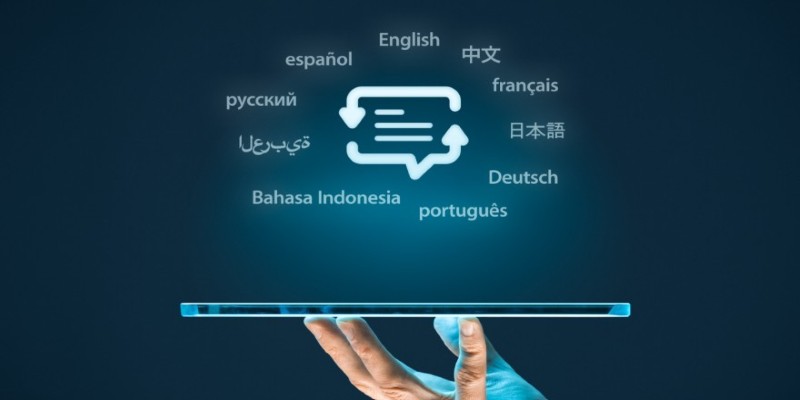
For example, if you write “Bonjour, comment vas-tu aujourd'hui ?”, ChatGPT will reply in French. The same goes for Spanish, German, Korean, Hindi, Japanese, and many others. You can write naturally as if you were chatting with a fluent speaker.
This approach works well when you already speak or are learning a language and want a smooth back-and-forth in that language. You can even have casual conversations, ask grammar questions, or test your vocabulary—all without switching tabs or apps.
ChatGPT can act as a translator, but what sets it apart from basic translation tools is its ability to preserve context. You’re not just getting word-for-word output. It adjusts the tone, register, and idioms based on your request.
Let’s say you have an email written in English, and you want to send it to someone in Japanese. You can ask ChatGPT to “translate this email to Japanese in a polite business tone.” It won’t just swap out the words—it will format the language as someone in Japan would expect to see it in a work setting.
This is useful when working across cultures where tone and word choice matter just as much as accuracy. You can even go one step further and ask ChatGPT to explain the translation choices it made.
Sometimes, you may want to be clear about what you're asking, so you write your instructions in English but want the answer in a different language. That's where bilingual prompting helps. You can say: "Please write a summary of the following text in Spanish," and then paste your English paragraph.
This gives you clarity as the user while still getting a response in another language. You don’t have to guess whether ChatGPT understood your instructions—you’re guiding it precisely. This method is especially useful for tasks like summaries, rewriting, or simplifying language for learners.
If you’re learning a new language, chances are you’re making errors—spelling, grammar, word choice. ChatGPT can help fix those. You can paste your text in French, Korean, or any other language, and ask it to correct your mistakes.
More than that, you can ask it to explain why something is wrong. For example: “Here’s my sentence in German. Please correct it and explain the grammar rules I broke.” This gives you feedback in plain terms, something you won’t easily find in most grammar checkers.
This turns ChatGPT into a personal language tutor who is always ready to help and available.
If you’re preparing for a trip or practicing customer service interactions, roleplay is a great way to improve. You can ask ChatGPT to pretend to be a waiter in a French restaurant, a train station clerk in Italy, or a hotel receptionist in Korea.
The conversation feels real, and you can respond at your own pace. If you get stuck, you can pause and ask for hints or suggestions on what to say next.
This type of interaction is a lot more engaging than flashcards or textbook exercises. It helps build confidence and comfort using the language in situations that mimic real life.
While conversation helps, some people like a more methodical approach. You can ask ChatGPT to teach you new words in sets, such as 10 adjectives in Spanish with example sentences or food-related nouns in Japanese.
It doesn’t just give you lists—it explains each word, provides context, and uses it in a sentence. You can even ask it to quiz you later to test your memory.
This is great for those who learn best with repetition and structure but want more depth than just memorizing flashcards.
ChatGPT can design practice materials in your chosen language, from fill-in-the-blanks to comprehension questions. You can paste a short story in Spanish and ask for a quiz based on the text. Or request a dialogue and then ask comprehension questions to test your understanding.

If you’re a teacher, you can create custom material for your students. If you’re a student, you can build your own lessons. There’s a lot of flexibility.
You’re not limited to formal language either. You can ask for slang examples, regional expressions, or phrases used by different age groups.
Reading complicated text in another language is often frustrating. Whether it's literature or a formal article, you might not get the full meaning at first glance. You can paste the sentence and ask ChatGPT to explain it in simpler terms in the same language, or in your native language.
This approach is especially useful for intermediate learners trying to step up their reading comprehension without feeling overwhelmed. It’s like having a reading partner who doesn’t mind being asked a hundred questions.
You don't need a translator app, a dozen plugins, or separate tools to use ChatGPT in other languages. Just speak the language, and it responds. Whether you're practicing, translating, teaching, or learning, ChatGPT adjusts to your needs. And with a bit of creativity, you can shape your own experience to match the way you learn best.
Advertisement
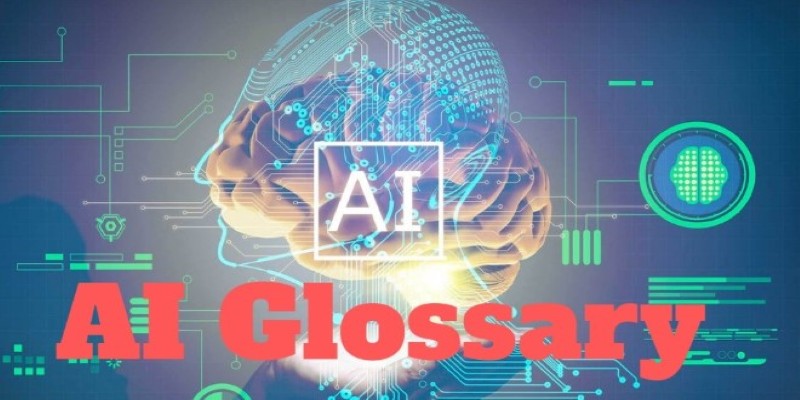
Confused by AI buzzwords? This glossary breaks down 29 essential terms—like LLMs, embeddings, and transformers—into plain language anyone can understand
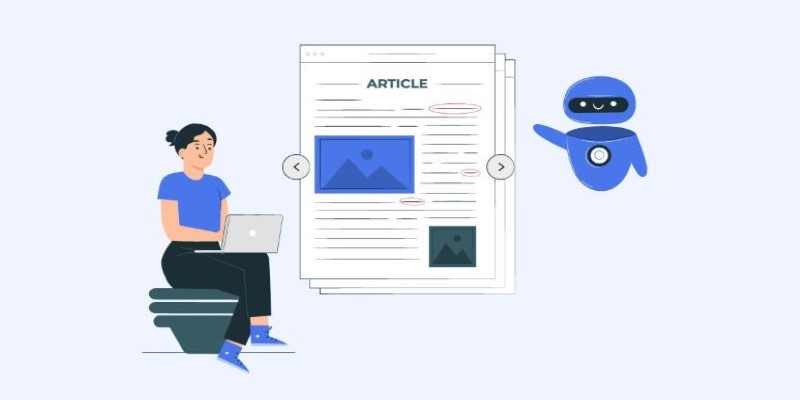
Looking for the best AI grammar checkers? This guide lists the top tools to improve clarity, fix errors, and make your writing sharper with ease

Looking for the best Synthesia AI alternatives in 2025? Discover smart AI video tools that help you create videos with avatars, text-to-speech, and script automation faster and easier
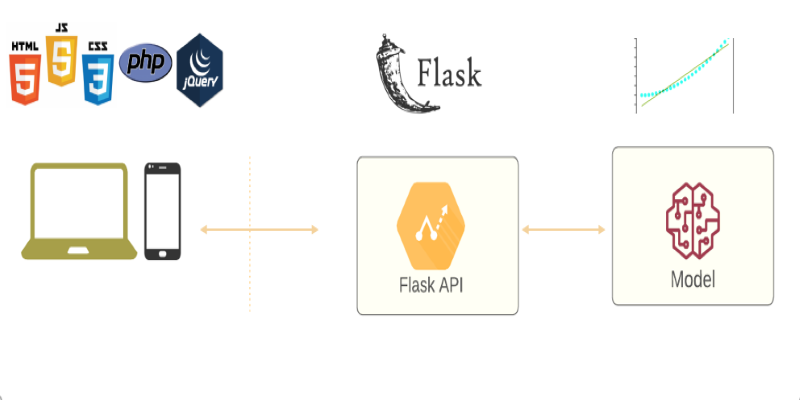
Learn how to deploy your machine learning model with Flask in 2025. Step-by-step guide on setting up Flask, testing your API, and making your model production-ready
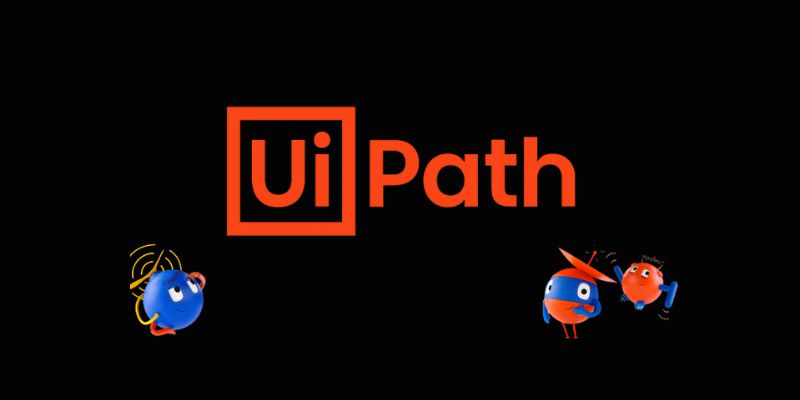
Discover UiPath's latest update with smarter AI bots, easier bot design, improved integration, and powerful automation tools
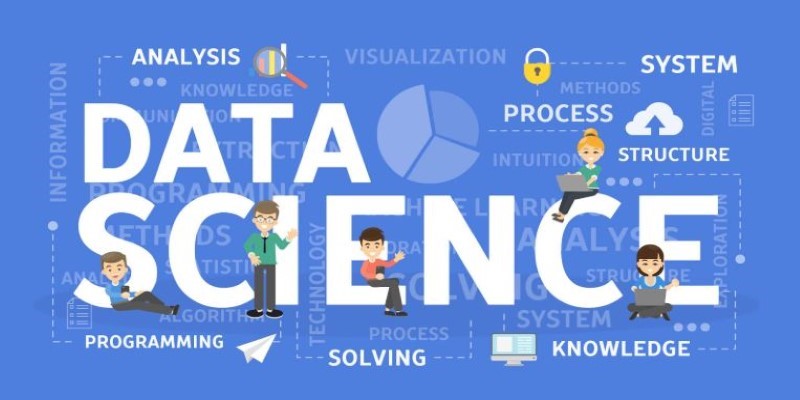
Explore the most reliable data science platforms in 2025. From notebooks to automated modeling, find the best tools for data science across all skill levels

Explore 10 emerging trends in beauty tech transforming how cosmetics are created, marketed, and applied.
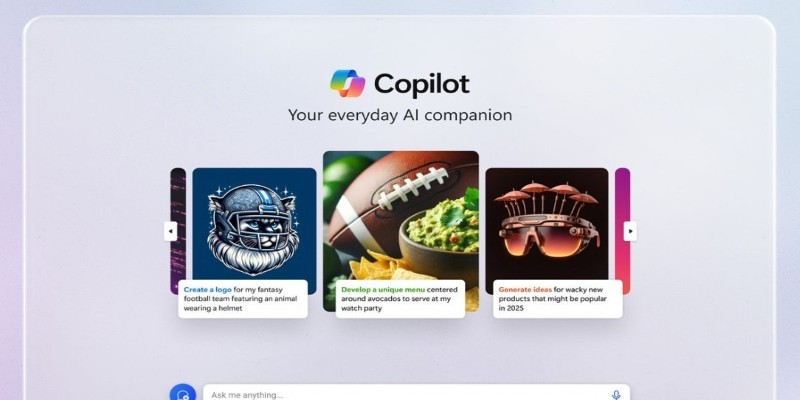
How to generate and edit DALL·E 3 images step by step using the Copilot Image Creator. Discover how to turn text prompts into stunning visuals and make quick edits—all without design skills
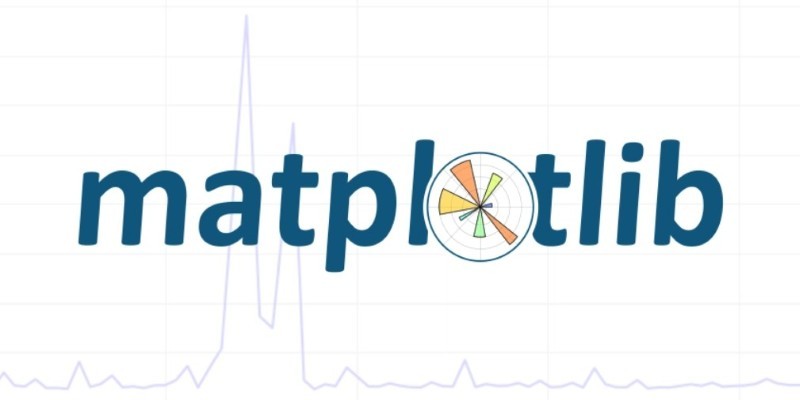
Find out the 10 unique ways to use advanced data visualization with Matplotlib to make your charts more engaging, clear, and insightful. From heatmaps to radar charts, learn how to go beyond basic graphs and explore deep-er patterns in your data

Discover a game-changer in AI tools: Autonomous AI service bots. resolve tickets, predict needs and personalize support.
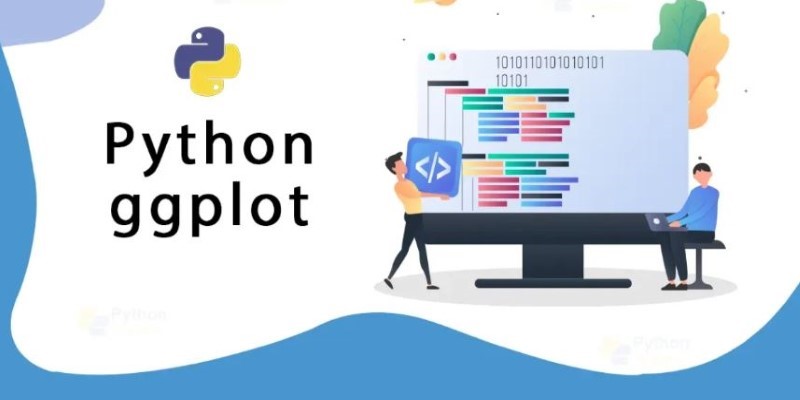
Learn how to create effective charts using ggplot in Python. This guide covers syntax, setup, and examples for powerful data visualization using the plotnine library

From sorting files to predicting storage needs, see how AI helps manage and optimize your data storage without any effort.